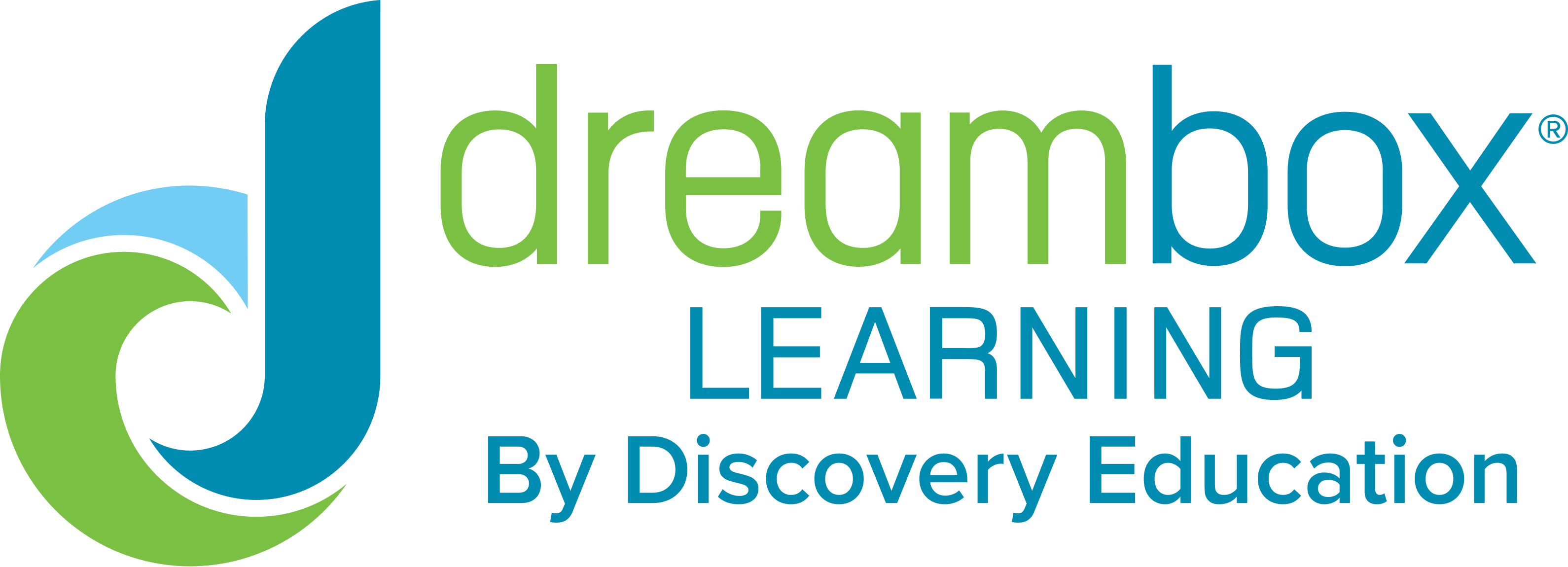Start with your WHY: creating a purposeful and meaningful journey to grow mathematicians
Every educator begins a teaching journey galvanized by the purpose of equipping learners with effective skills and strategies to become successful within and outside of the school walls. However, as the path unfolds, the road often becomes muddled with figuring out the how to and with what of instruction. Growing mathematicians fits along this same route.
When preparing opportunities for learners to understand mathematics, put purposeful and meaningful lessons at the forefront. State standards and grade-level expectations guide the instructional content, acting as a GPS or a map for student learning. Mathematical teaching practices serve as the mode of transportation. You, the educator, are gifted with the skill of determining the route each learner takes to arrive at the destination of becoming a mathematician.
Planning for the journey
Consider a time when someone asked you for directions. What is the first question that comes to mind? We hope it’s, “Where are you located?” As learners enter the classroom, some will be exactly at predicted grade-level expectations. Others may be behind or ahead, depending on their experience in previous years. Before embarking on the journey of growing mathematicians, it’s imperative to determine learners’ starting points and what will be the most efficient route and mode of transportation to move them along.
Educators recognize that learners develop conceptual understanding at varying lengths of time and across multiple opportunities of engagement. Plans are crafted in advance by using numerous tools and resources to address these needs and support learners throughout instruction. Nevertheless, like a road trip, unforeseen obstacles and roadblocks may appear along the way, forcing an educator to slow down, or sometimes, find another route. If there are no proactive measures in place for educators before they reach the diversion, a change often hinders progress or extends the time needed to reach the destination. Formative assessments can serve as proactive alerts. They should be a part of every educator’s plan.
GPS alerts: formative assessment
Dr. Cathy Fosnot (n.d.), a leading voice in mathematics education, describes formative assessment as continuous data collection that’s compiled to inform instruction, which assists in providing a full picture of student knowledge. Examples of in-class formative assessment include, but are not limited to, exit slips, conferencing, self-assessments and journaling. When embedded through the course, these assessments alert educators to how the learner is progressing. Assessments allow the educator to efficiently adjust instruction as needed.
DreamBox Learning partners with educators with its intelligent adaptive engine to determine a student’s location and provide a constant loop of formative assessment data to form personalized learning tracks. DreamBox Learning empowers educators not only by populating the data, but also through incorporating opportunities to make learner thinking visible with features such as dashboard alerts and teacher-student messaging.
Ready to ride
Taking the time to plan how to collect data throughout instruction before engaging in the lesson will make a learner’s journey toward becoming a mathematician meaningful. Whether incorporating formative assessments on your own or using a program such as DreamBox to assist with mining the data, you’ll learn what students need to know when they need it. To prepare for what’s to come after you’ve planned everything, check out our next blog in this series, Continuing the journey – What do you need to know to make meaningful instructional decisions?
So, let’s plan it out, pack up, and get ready for the ride ahead.
Authored by Jackie Cannarella, Melissa Hurt, Dr. Kendra Thurmond and Danielle Sellenriek

DreamBox Learning marketing team.










